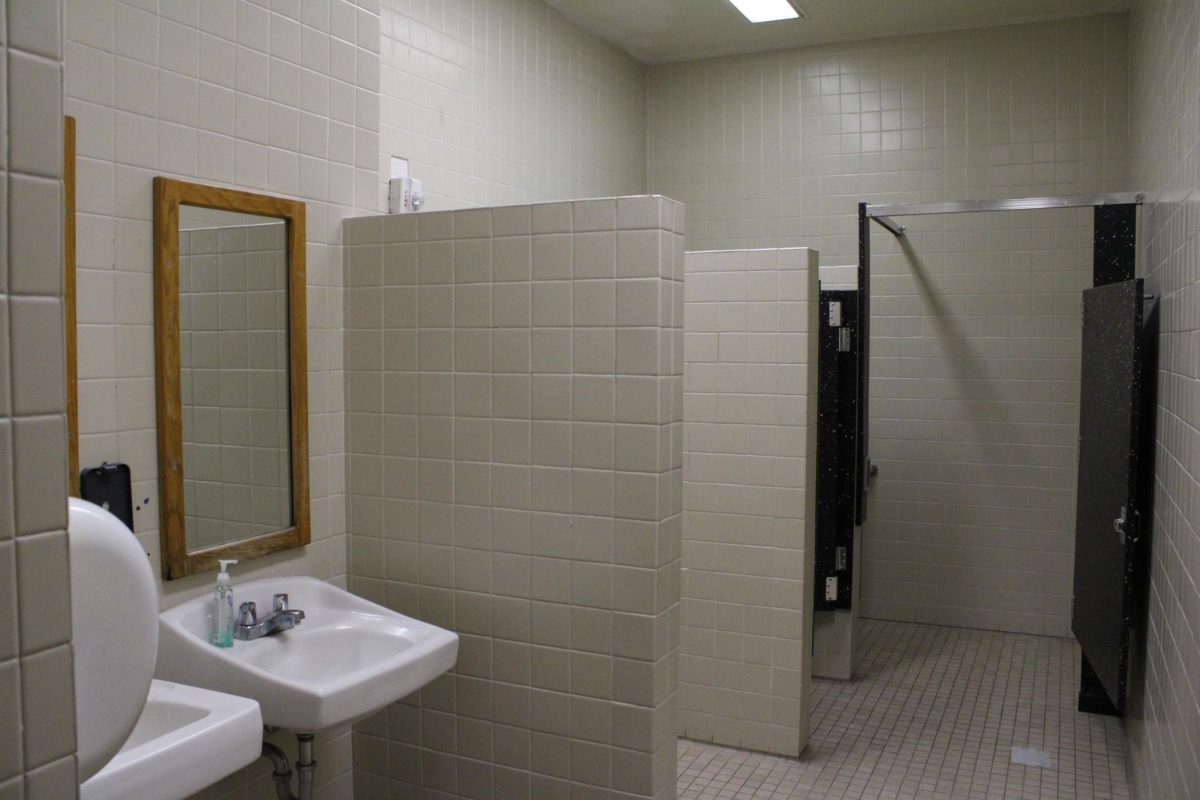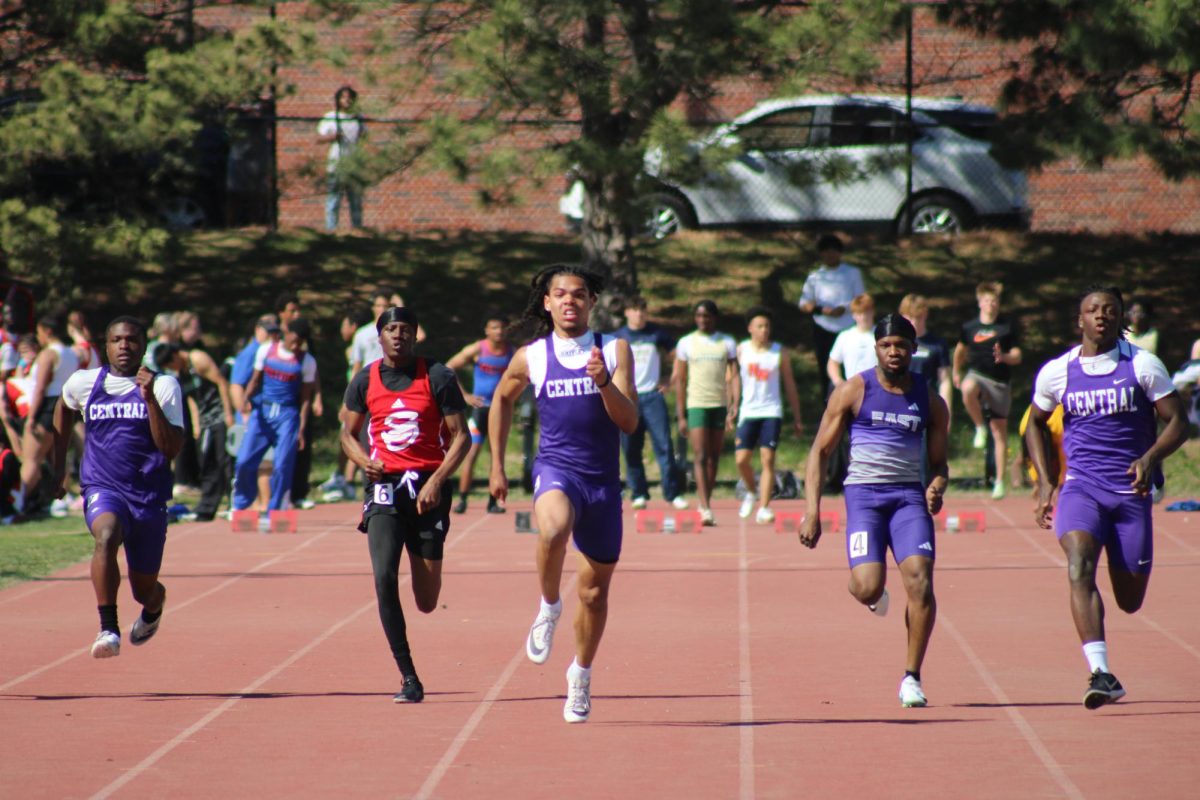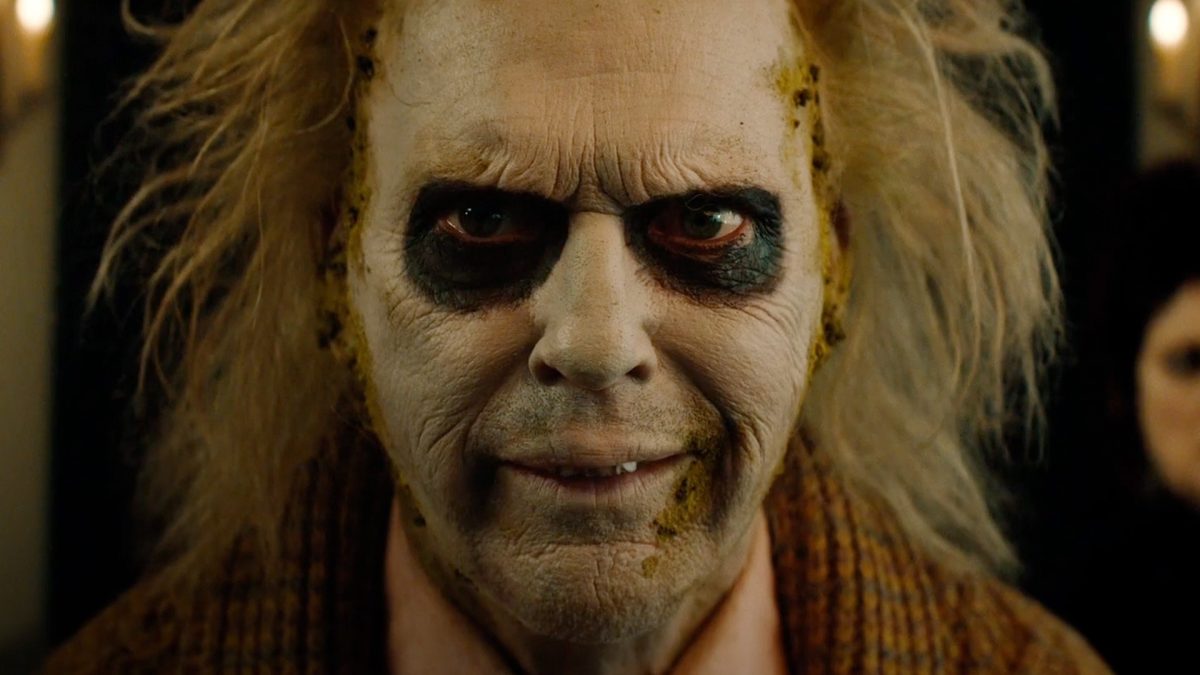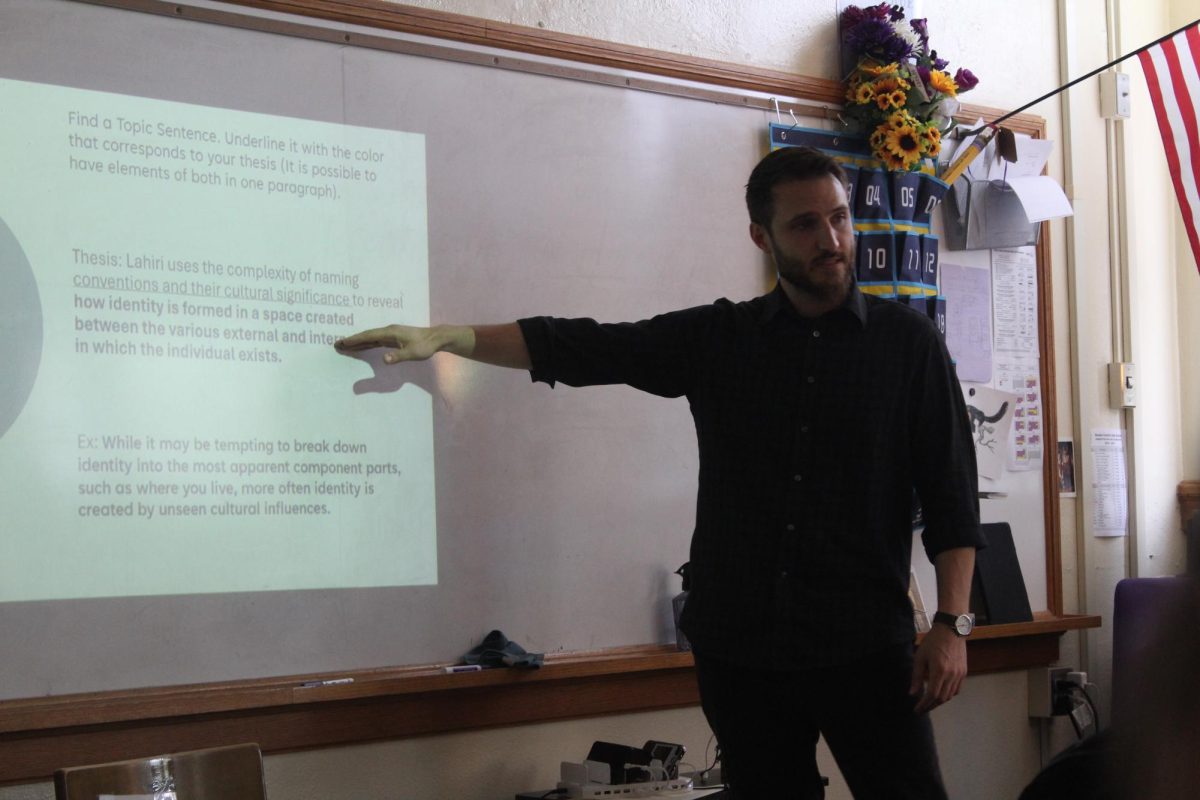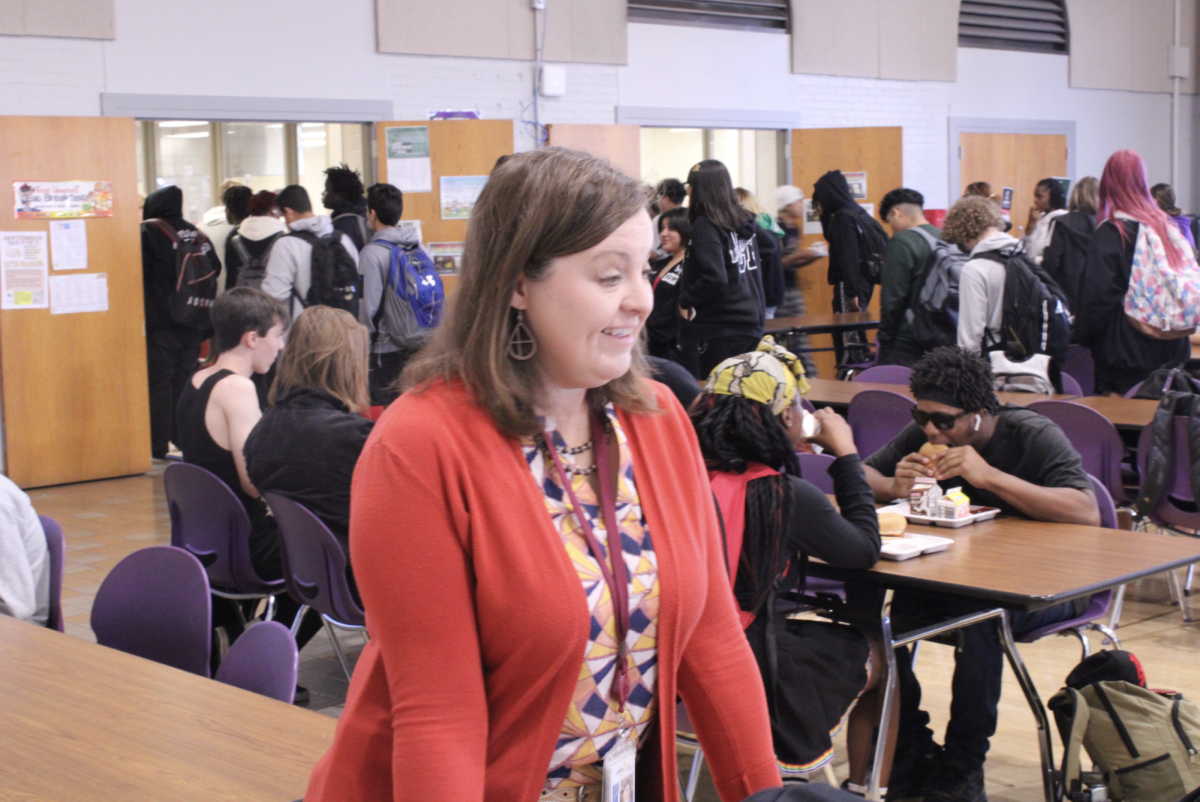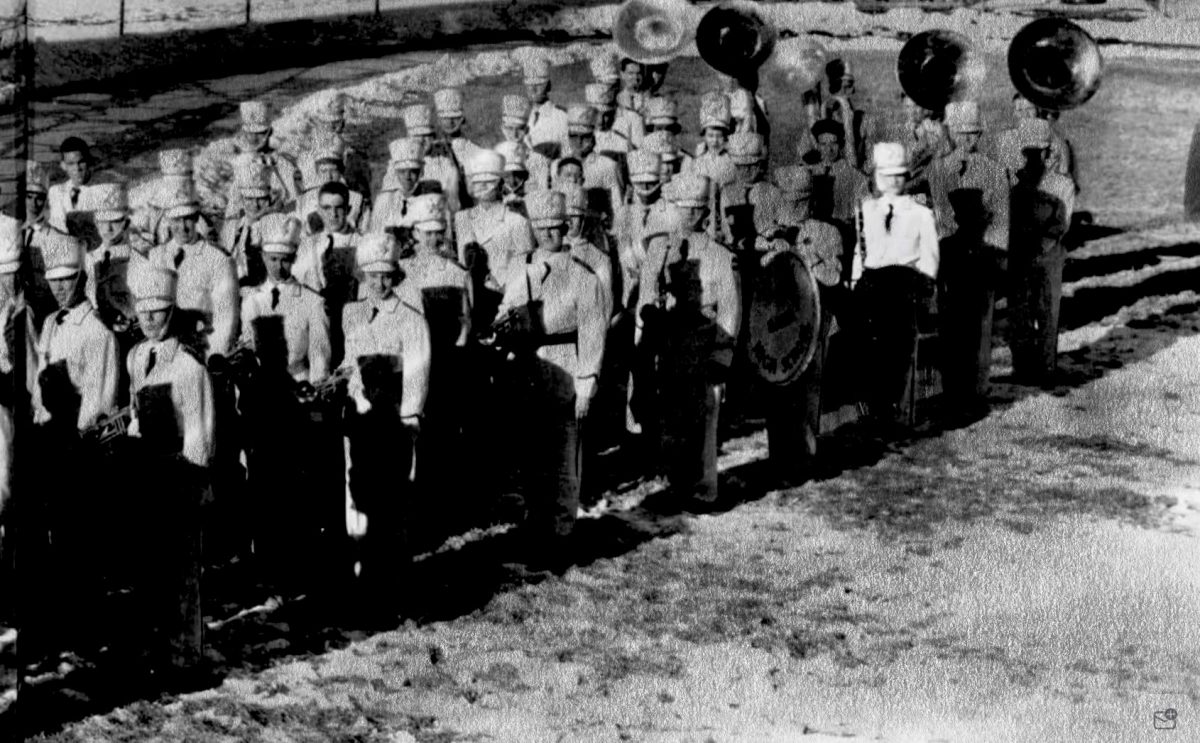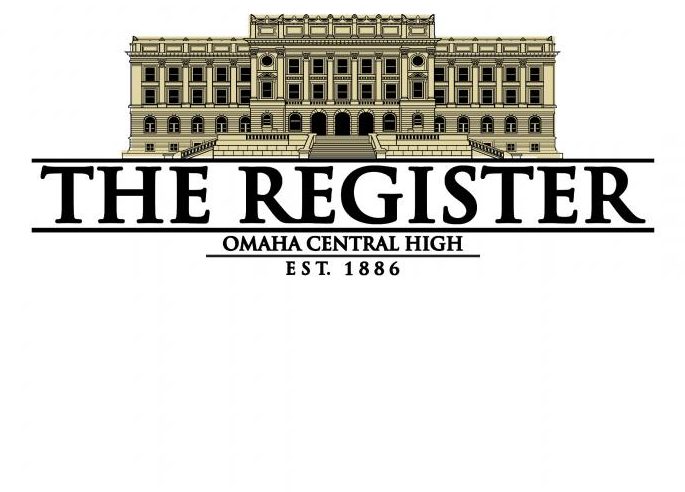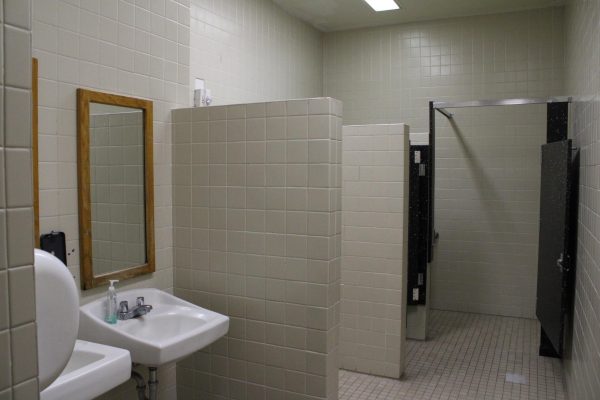Separate cars from coming-of-age
Cars are deeply imbued in America’s adolescent rituals. You turn 15, get a permit, turn 16, get your license. Maybe you get your parents’ janky old car, maybe you save your part-time job money to buy your own. Maybe you just fight with your family about who gets a car on a certain day. Maybe you joke about how bad of a driver you are, maybe you think you’re not too inebriated to drive home.
Maybe you crash. Drivers aged 16-19 are three times more likely to crash than any other age group. Maybe you’re injured, like the approximate 250,000 teenagers who go to emergency rooms from crash-related injuries per year. Maybe you die, like the four Gretna high school students who died in a car crash in 2019, or like the 2,400 teens who died in crashes in 2019. Car crashes are the second most common cause of death for teenagers in the United States, and each of those deaths could be prevented by designing cities that do not rely on cars and removing cars from their revered state in American adolescence.
What could a city that grants teens freedom of movement without reliance on cars look like? Cities that are not clogged with personal vehicles are safer, less polluted, and more vibrant. Equitable, reliable public transportation is one step towards achieving this goal. Buses that arrive regularly throughout the day and night could prevent teens from driving under the influence. Buses reduce per-capita emissions and free up space on streets. Buses are also far less likely to get in fatal crashes than personal cars.
For buses to replace cars for teenagers, they must cover wide areas of the city and be well-maintained and frequently serviced. Cities must invest in public transportation to prevent car-related deaths.
Cities must also invest in bicycle infrastructure. Bicycles provide teens with the same freedom to travel anywhere at any time of day, without the risks that come with cars. Bikes are far less expensive than cars and therefore more accessible to teenagers. Car insurance rates are exorbitantly high for teen drivers (particularly male teen drivers,) while bicycle insurance is often included in homeowner’s insurance. Bicyclists are immune to skyrocketing gas prices. And, with every ride, bicyclists grow healthier while reducing carbon emissions.
Bicycle infrastructure looks like protected bike lanes, expanded trail systems, and fewer drivers on roads, because most bike accidents involve a cyclist and a car.
Just as important as these practical public policy solutions is removing the cultural dependence on cars as a coming-of-age milestone. After all, cars are expensive and thus inaccessible to many, and our cultural reliance on cars and cities designed around cars make it extraordinarily difficult for these people to navigate our cities.
I propose creating new benchmarks of growth. Maybe instead of a 16-year-old being granted a car for their birthday, they can receive a new bike and a later curfew, or more freedom in general. Adolescence can be honored with more legal rights and responsibilities as well, such as the right to vote in municipal elections. We do not need to celebrate maturity by granting teenagers licenses to drive 4000-pound metal death boxes that they are statistically the most likely to die in. We should celebrate adolescence by providing young adults with greater amounts of freedom that is separate from their ability to drive.
Your donation will support the student journalists of Omaha Central High School. Your contribution will allow us to purchase equipment and cover our annual website hosting costs.

Hello, Register readers! I'm Noa Gilbert, (they/them) and your news editor! I'm a senior and this is my second full year on staff. In my free time, you...



